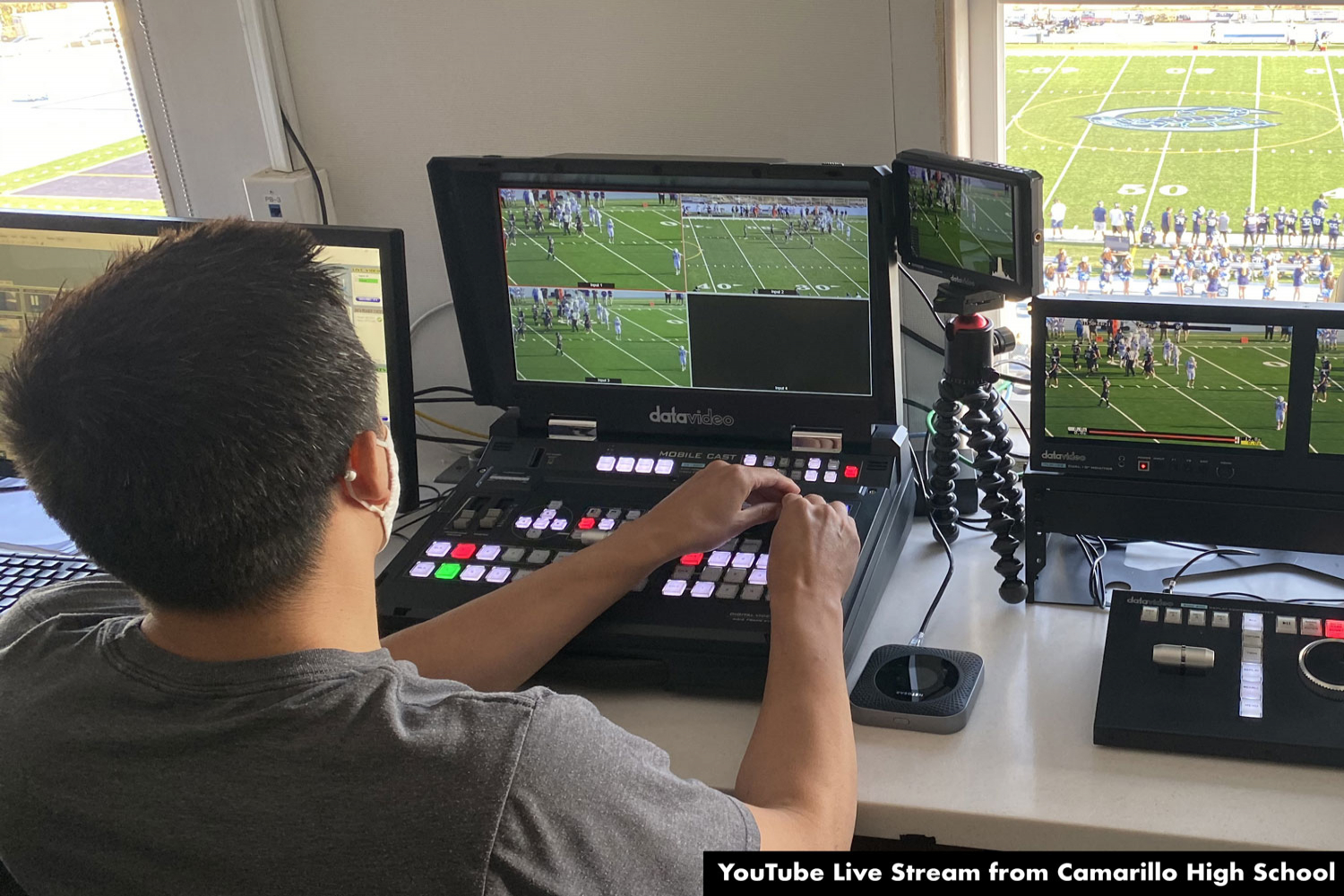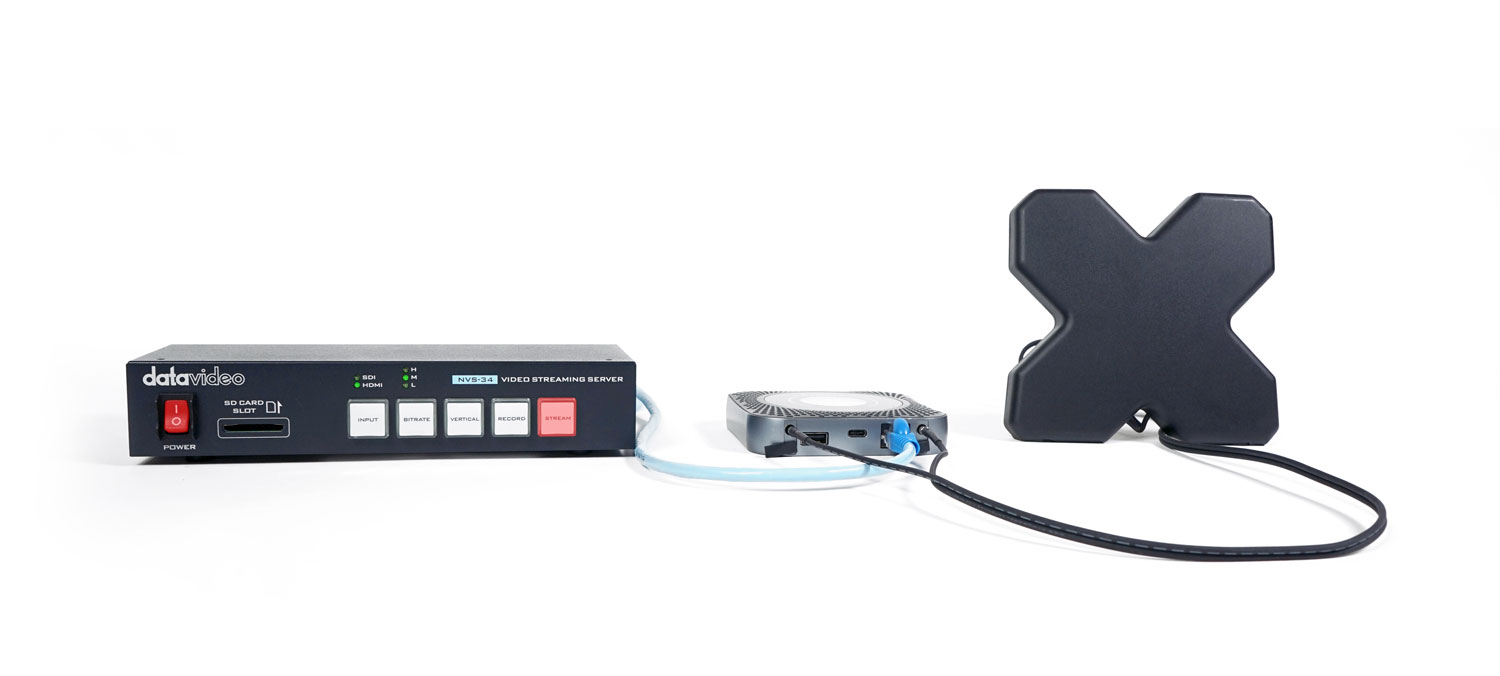How to Produce an HD Live Stream Anywhere without a Wired Internet Connection
How to Produce an HD Live Stream Anywhere without a Wired Internet Connection

It’s a no-brainer -- a high quality live stream requires a high-quality connection. Whether it’s in familiar office, church, school, or at home, you typically know the bandwidth, the network setup, and most importantly you know what to expect.
But if you’ve ever tried to produce that same reliable, high-quality stream outside, suddenly these things can become unknown, unstable variables. Often, it’s unknown if a reliable wired Internet connection exists, and even if it does, it’s difficult to predict network congestion on the day of the event. The number of unknowns make this an unpredictable situation for producers who want to create a live stream outside the usual parameters.

Years ago, people solved this problem by attempting to tether a cell phone to a computer, using that as the source of the streaming Internet connection. Even with the advent of public 4G LTE about 10 years ago, connections were just not stable enough to give producers the confidence to use this solution every time. If you’ve ever been at a crowded stadium or a music festival, you know that sometimes your cell phone is practically unusable due to network traffic. If you can’t even send a text message, how would you be able to send a 1080p live video stream?

But today, things are different. With new technology comes a lot of new possibilities, and we now have a solution for reliably producing that high-definition stream from anywhere in the world. To do this, you need 4 important pieces – a streaming encoder that supports the new SRT protocol, a WiFi hotspot from your favorite cell-service provider, an antenna for the hotspot, and an SRT-enabled cloud service like dvCloud.

Here’s how it all works: First, the encoder is connected to the high-speed WiFi hotspot. Next, the antenna connects to the hotspot. Then, the video stream is sent from the encoder through the hotspot, and to dvCloud using the new SRT protocol. Finally, the cloud service distributes the video to its destination (like YouTube and Facebook).

Using this workflow, we’ve successfully solved the problems from the past. For example, the high-speed WiFi hotspot transfers data faster and more reliably than a tethered cellphone-to-computer connection. The additional antenna on the hotspot boosts the signal’s speed and reliability even further. As an example, a cell phone may measure only 3 Mbps upload speed from an indoor office. In that same location, a WiFi hotspot with antenna may record up to 15-20 Mbps upload speed. Additionally, the new SRT protocol is much more light weight than the protocols used in the past, like RTMP, and this means that the bandwidth requirement is even lower than before. Together, this means you can have a strong connection that can handle HD live streams using a cellular connection from sports fields, churches, concerts, and more.
Datavideo makes packages that can do all these things, and they include an annual subscription to dvCloud when you buy one of these packages. For more information, visit this page on the Datavideo website.
For more info on SRT technology and how it works in our ecosystem, visit the SRT page on the dvCloud website.
And for more info about dvCloud’s subscription packages and to sign up, please visit this page.
